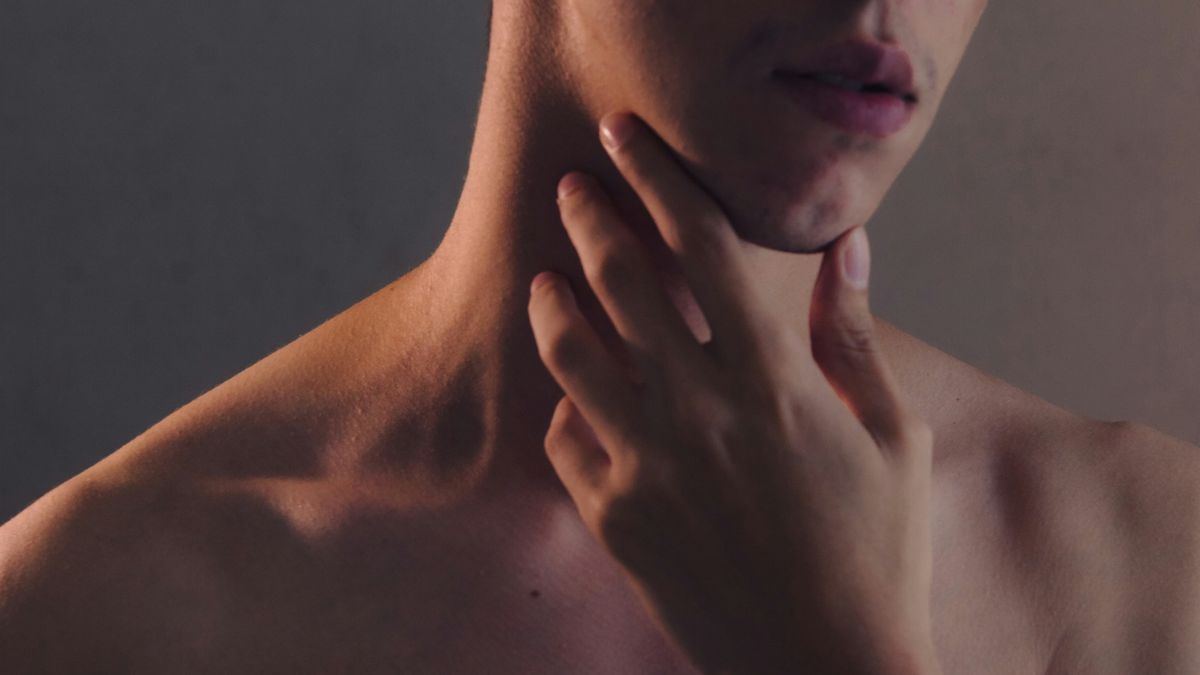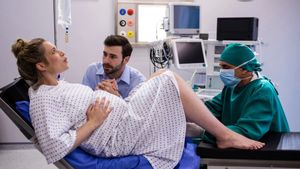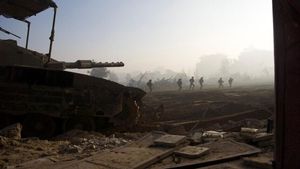YOGYAKARTA - The Mandibabula (low range) examination technique for patients is usually from complaints in the form of pain in the mandibula area, an asymmetric face, an anesthesia on the lower lip, and chewing disorders. Physical inspections will usually be carried out in the range of motion (ROM) of the bath.
1. Anamnesis
Launching from the article written by dr. Raehana, the patient's complaint usually is pain in the bathbule area, asymmetric face/deformity, dysfagia, maloclution, trismus, and anesthesia on the lower lip. The next main anomaly is the history of trauma in maximulophational, where mechanisms and triggers of fractures must be clearly asked so that a possible area of bathbule that is experiencing fractures is known.
2. Maloclution check
The easiest method to find out the macroclusion is to ask whether the patient is able to bite normally or not. A normal bite of the moxial teeth is closer to the labial or buccal than the mandibule teeth. While an abnormal bite if the moxilate teeth of the anterior or posterior are closer to the tongue.
Not only that, but maloclution can also be assessed from the position of maximal teeth towards the teeth of the mandibules. Normal conditions are anterior maximal teeth 2-2-3 mm further than the mandibular teeth. If the distance is more or less than normal, then the natural manibula is maloclution.
Surgeon intervention can be considered based on maloclution. If maloclution cannot be assessed by anamnesis due to an unconscious patient, unable to communicate, or intubate, then an evaluation can be carried out using a medical record history of patient rentals.
3. Physical examination
Physical examinations of bathbule fractures must begin with an assessment of the stability of airways, breathing, and circulation. In head trauma, including the facial part, it must be ensured that there is no airway blockage. Not only that, pay attention to massive bleeding,cervical trauma, and intracrarical trauma.
After the emergency conditions were resolved, the assessment of the manibule fracture was carried out by inspection, palpation, sensation, and range of motion (ROM).
4. Inspection
The characteristics of the fracture of manibula are ecimiosis on the basis of the mouth. The presence of intraoral lasers, soft tissue damage, and hematomas in fracturing areas can increase the risk of infection.
Gigi tampak tidak inkak atau rusak wajib diperkirikan untuk dilakukan untuk dileksi empir. Indikasi penertasan empat lain lukasasi, break, serta karies yang bisa meningkatkan peradannya peradangan. Tidak hanya itu, Gigi bawah yang hilang juga mengindikan adanya fraktur mandibula.
SEE ALSO:
5. Palpasi
To take into account the mobility of fragmentation fractures, bimanual palpation is carried out in the fracture zone. If when checking, mobility is limited and there is no maloclution, then the fracture is said to be stable and can be handled conservatively.
6. Examination of sensations
Nervus alveolar trauma is very common in the fracture of the bathbula angle, which will provide symptoms of hypoesty to anesthesia on the lower lip. Therefore, it is necessary to check the sensation before surgery, so that it can be distinguished whether the trauma of the Nervus alveolar takes place due to the fracture of the manibula or post-operative complications.
7. Inspection of the Range of Motion (ROM)
An examination of the range of motion (ROM) in the fracture of the mandibula is used to ensure the existence of a temporomorandibaral joint disease (TMD). One of the triggers for the formation of TMD is the fracture of the bath. Usually, the patient will complain of pain at the temporomandibuular joint (TMJ) or mandibula.
The pain can spread to the head or neck and be increased if you chew, evaporate or talk. ROM in TMJ is said to be normal if the mouth can open up to 3505 mm. If the mouth can only open <25 mm, then there may be obstacles in TMJ or mandibula.
Supporting Examination
Patients with suspicions of manibule fractures must be checked for radiography to ensure therapy, location of fracture, and prognosis.
Rontgen Mandibula
The hydrogen bathbule that needs to be done is:
CT-Scan Mandibabula
In the suspicious state of multiple mandibule fractures, excellent imaging is multislice spiral computed tomography (MSCT). The sensitivity of the MSCT in accounting for the fracture of the manibula can reach 100%.
In addition, you need to know the 'Tips Adds Accompaniment to the Jaw Line' that can be done by both men and women.
So after knowing the mandibula examination technique, see other interesting news on VOI.ID, it's time to revolutionize news!
The English, Chinese, Japanese, Arabic, and French versions are automatically generated by the AI. So there may still be inaccuracies in translating, please always see Indonesian as our main language. (system supported by DigitalSiber.id)


















